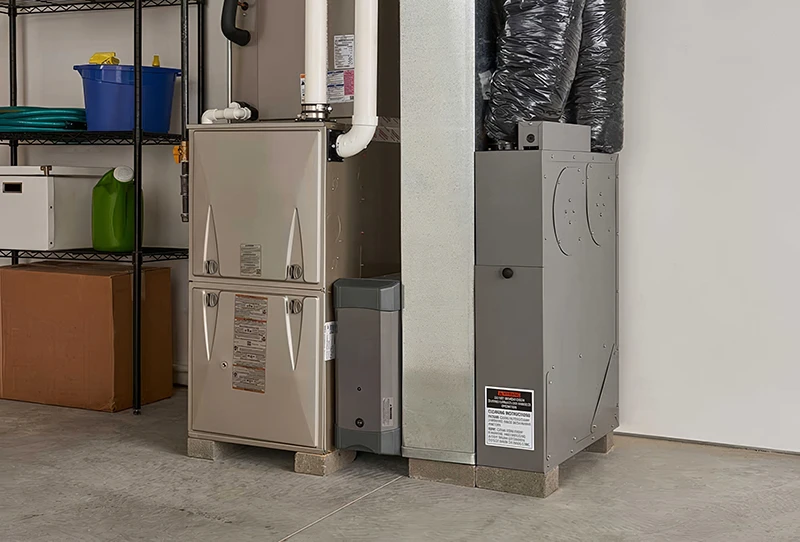Energy efficiency and sustainability are key drivers in the building design and construction industries. Look closely at the residential sector and it’s clear that these trending buzzwords have a major impact on almost every aspect of home building, design and renovation—down to the type of heating appliances used in the home.
The U.S. government is leaning hard into this energy efficiency and sustainability movement. In late 2023 the Department of Energy (DOE) finalized a residential gas furnace efficiency standard. This landmark rule will go into effect in late 2028 and will require non-weatherized gas furnaces and those used in mobile homes to achieve an annual fuel utilization efficiency of at least 95%.
While this energy efficiency standard will ultimately support the U.S. government’s sustainability targets, the increased adoption of high-efficiency, gas-fired heating appliances presents both challenges and opportunities for the industry. That’s why we’re taking a few minutes to analyze the impact of this appliance efficiency standard and discuss how installers and service technicians can prepare.

Meeting the DOE’s new energy efficiency standard with condensing appliances
To achieve the new DOE mandate, all gas furnaces are expected to utilize condensing technology, which incorporates a secondary heat exchanger to recapture the combustion gases and extract additional heat. In fact, the DOE explicitly states that the new energy-efficiency standard is “readily achievable by modern condensing furnaces.”
While a game-changing innovation, the condensing technology used in high-efficiency gas furnaces creates an often overlooked or misunderstood byproduct: acidic condensate. Unlike air conditioning condensate, this residue is acidic (e.g. pH of 2.9-4.0) and can corrode plumbing, concrete foundations, floor drains and wastewater systems, and pollute groundwater and the environment.
However, the solution to this issue is simple: install condensate neutralizers on every condensing furnace. These essential filtration devices are purpose-built specifically to treat acidic condensate and prevent potential damage. As such, condensate neutralizers are a must-have accessory on every condensing furnace installation to achieve code compliance and ensure that high-efficiency appliances fulfill their environmental promise.
Capitalizing on the condensate neutralizer market opportunity with preventative maintenance
Like any modern technology, condensing furnaces require routine maintenance to ensure efficient operation. The HVAC industry has a renewed focus on preventive maintenance programs and service contracts to deliver recurring revenue and help mitigate the costs to owners of these modern, high-efficiency furnaces. To that end, best-in-class service technicians will incorporate the installation and/or servicing of condensate neutralizers into their annual maintenance programs for condensing furnaces.
As more homeowners across the country make the switch to condensing furnaces in the coming years due to the latest standard, industry professionals will be expected to be familiar with all aspects of these relatively new systems—including how to safely and effectively treat acidic condensate.
JJM Alkaline Technologies® supplies purpose-built solutions
JJM Alkaline Technologies® has crafted reliable, code-compliant solutions for the safe treatment of acidic condensate from condensing appliances for almost 20 years. These solutions, along with our proven track record of customer service, can help installers and service technicians meet the opportunity that the DOE’s new energy efficiency standard presents. Purchase JJM® condensate neutralizers and our pH Power Pellets® (JJM®'s proprietary neutralizing media) refills from authorized distributors of heating and plumbing equipment across the United States and Canada. Use our distributor finder to locate your nearest JJM® authorized wholesaler.
Learn more about the importance of condensate neutralization to achieve code compliance and set yourself and your customers up for success.